Saving Ms. Blue: How a VFX Studio Used LiDAR Scans to Preserve a Beloved Cultural Landmark
137
0
3 days ago
LiDAR Scans of Over 300 Bones Led to a Digital Replica, Augmented Reality Display, Educational Lessons and 3D Printed Replacements; New Exhibit is Now Open
LOS ANGELES — April 22, 2025 — For nearly 25 years, more than one million visitors to the Seymour Marine Discovery Center — a research facility and museum operated by the University of California, Santa Cruz — have been greeted by the familiar sight of Ms. Blue, the largest outdoor blue whale skeleton on display in the United States. So when the bones began deteriorating, the Center sought ways to preserve Ms. Blue for future generations using sustainable methods. That led to a unique solution from an elite Hollywood VFX studio, starting with laser scans using one of the most precise LiDAR scanners in the world.
“Ms. Blue has become a cultural landmark, and when it looked like she was going to disappear, there was a very real sense of loss from the community,” said Jonathan Hicken, executive director of the Seymour Marine Discovery Center. “We spoke to dozens of preservation and fossil specialists, but most suggested a plastic-like covering, which sent the wrong message regarding conservation. When Halon Entertainment suggested a way to preserve her that included a full digital recreation and an educational component, it was an easy choice.”
The story of Ms. Blue began in 1979, when the 50-year-old blue whale washed up on shore at Pescadero Beach, not far from the Seymour Marine Discovery Center. UC Santa Cruz students and faculty began transporting the whale piece by piece for ongoing marine research, and soon the remaining bones were preserved and mounted to a steel structure for display. In 2000, the skeleton found a permanent home in front of the Seymour Center, but age and the harsh oceanfront elements began to take a toll.
To preserve Ms. Blue, Halon Entertainment — a VFX studio known for its work on high-profile projects like Mission Impossible: Dead Reckoning, The Mandalorian, Fortnite and more — began by capturing 53 detailed LiDAR scans of the 87-foot skeleton. Members of the VFX team deployed the Leica RTC360, a portable 3D laser scanner capable of capturing data at up to 2 million points per second. The entire process took less than a day, and using that LiDAR data, Halon was able to create a photorealistic digital facsimile of Ms. Blue.
Working from the 3D model, Halon employed ZBrush and Substance Painter to “rebuild” the whale, adding skin and muscle. It then used Maya for reconfiguration and repositioning before uploading the digital Ms. Blue into Unity. Once in the game engine, Halon created a realistic series of animations based on the movement of whales in their natural environments. With a photorealistic, animated recreation of Ms. Blue completed, Halon built an app for the Center. Students and visitors will be able to interact with four original, animated lessons highlighting the life of blue whales. The team also created an augmented reality component to show Ms. Blue as she once was.
“Using the same tools our artists rely on to create award-winning VFX for films, episodics and games, our team was able to build something we are incredibly proud of,” said Jess Marley, Halon VFX supervisor and producer for the Ms. Blue project. “Working with the Seymour Center team, we hope the new Ms. Blue will help to educate thousands of people over the next few years, and possibly inspire a new generation of marine enthusiasts.”
Along with the digital replica of Ms. Blue, the Seymour Center is also planning to replace or repair the damaged bones in an effort to return the skeleton to its place outside the Seymour Research Center.
For the larger bones that are too heavily damaged to preserve, Seymour turned to 3D printers Swellcycle, a group known for creating sustainable surfboards, to create accurate replicas of Ms. Blue’s bones. Using dozens of LiDAR scans from the Leica RTC360, the 3D printing team began replicating the bones down to the grooves in the originals, using printing materials made from recycled hospital trays. For the original bones that were still viable but damaged, engineering professors and students at UC Santa Cruz developed a unique powdered putty, created from shrimp shells — coincidentally, one of the primary sources of food for blue whales. A few additional bones were archived for future research, including a proposed project aimed at tracing Ms. Blue’s origins and potentially identifying her descendants.
The AR replica of Ms. Blue and the four educational lessons will be available to visitors at the Seymour Marine Research Center in the future. The new skeletal model of Ms. Blue, including 3D printed replacements and repaired bones, is currently seeking additional donors for a debut in the coming months.
About Leica Geosystems
With over 200 years of experience in precision measurement technologies, Leica Geosystems, part of Hexagon, designs precise and accurate laser scanning technology, sophisticated software and trusted services for various industries. Media and entertainment professionals in diverse disciplines such as VFX, virtual production, camera tracking, world building, projection mapping, and much more trust Leica Geosystems for all their laser scanning and reality capture needs. Known for premium products and innovative solution development, Leica Geosystems delivers value every day to those crafting their visions into reality.
Hexagon (Nasdaq Stockholm: HEXA B) has approximately 24,000 employees in 50 countries and net sales of approximately 5.2bn EUR. Learn more at hexagon.com and follow us @HexagonAB.
About Seymour Marine Discovery Center
The Seymour Marine Discovery Center is a community-supported, marine science education center for the University of California, Santa Cruz, dedicated to educating people about the role scientific research plays in the understanding and conservation of the world’s oceans.
Powered by the UC Santa Cruz Long Marine Laboratory, a world-renowned university research facility, the Seymour Marine Discovery Center offers hands-on immersion into the world of ocean exploration and discovery. With a 20,000-square-foot visitor center, guests can touch a shark, explore the latest discoveries in ocean science, and take in the spectacular Monterey Bay, called the “Serengeti of the sea” for its incredible diversity of marine life.
The Center offers a deeper dive into the scientific research conducted at UC Santa Cruz and a chance for everyone to find their inner scientist through rich experiential learning programs including school field trips, summer youth programs, volunteer opportunities, internships and more.
About Halon Entertainment
Halon Entertainment is a premiere animation, visualization and virtual production studio comprised of seasoned supervisors, artists and creatives committed to the advancement of storytelling and real-time virtual production
Since 2003, Halon has collaborated with some of Hollywood’s most celebrated filmmakers and video game developers on projects such as The Batman, John Wick, Star Wars, Planet of the Apes, Sid Meier’s Civilization, Borderlands and many others.
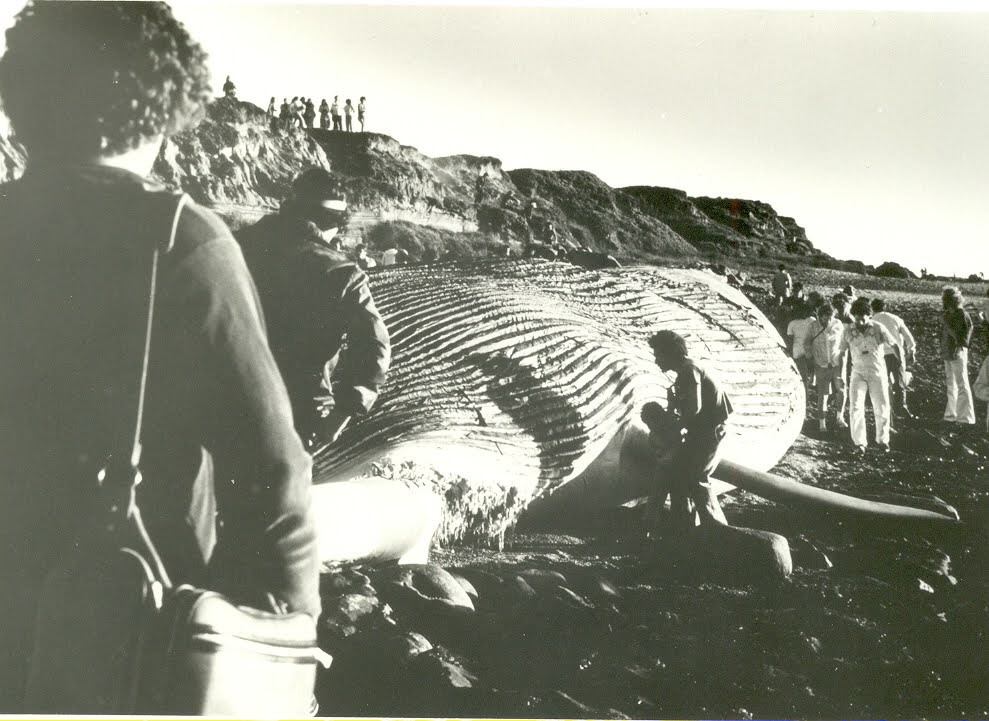
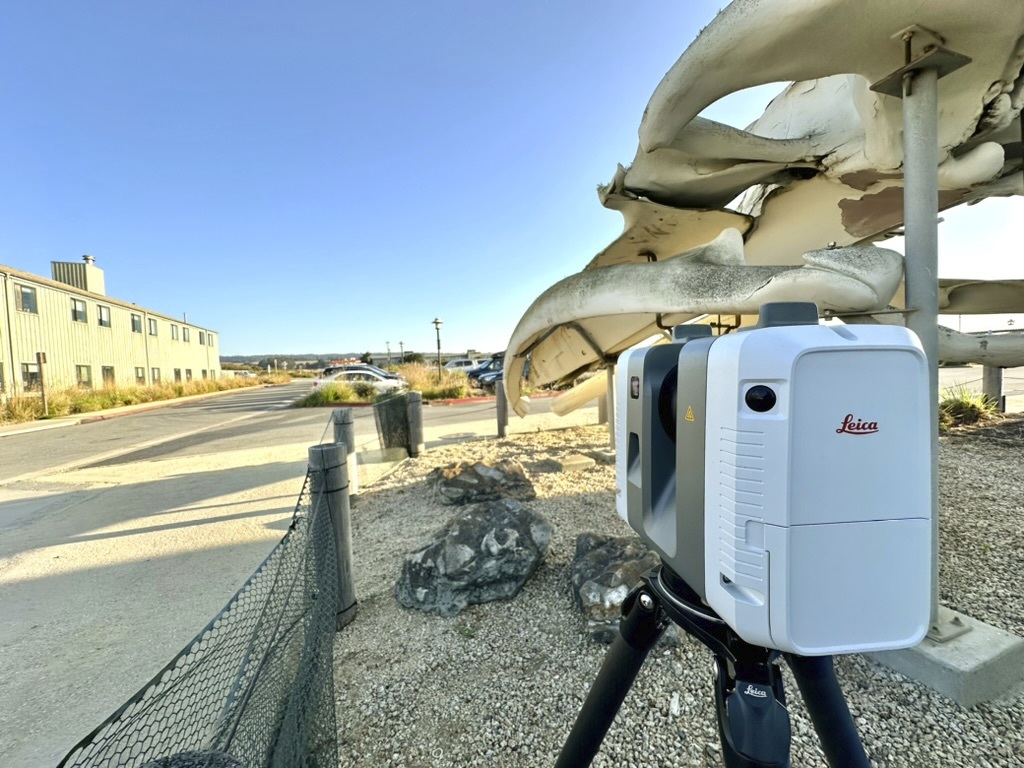

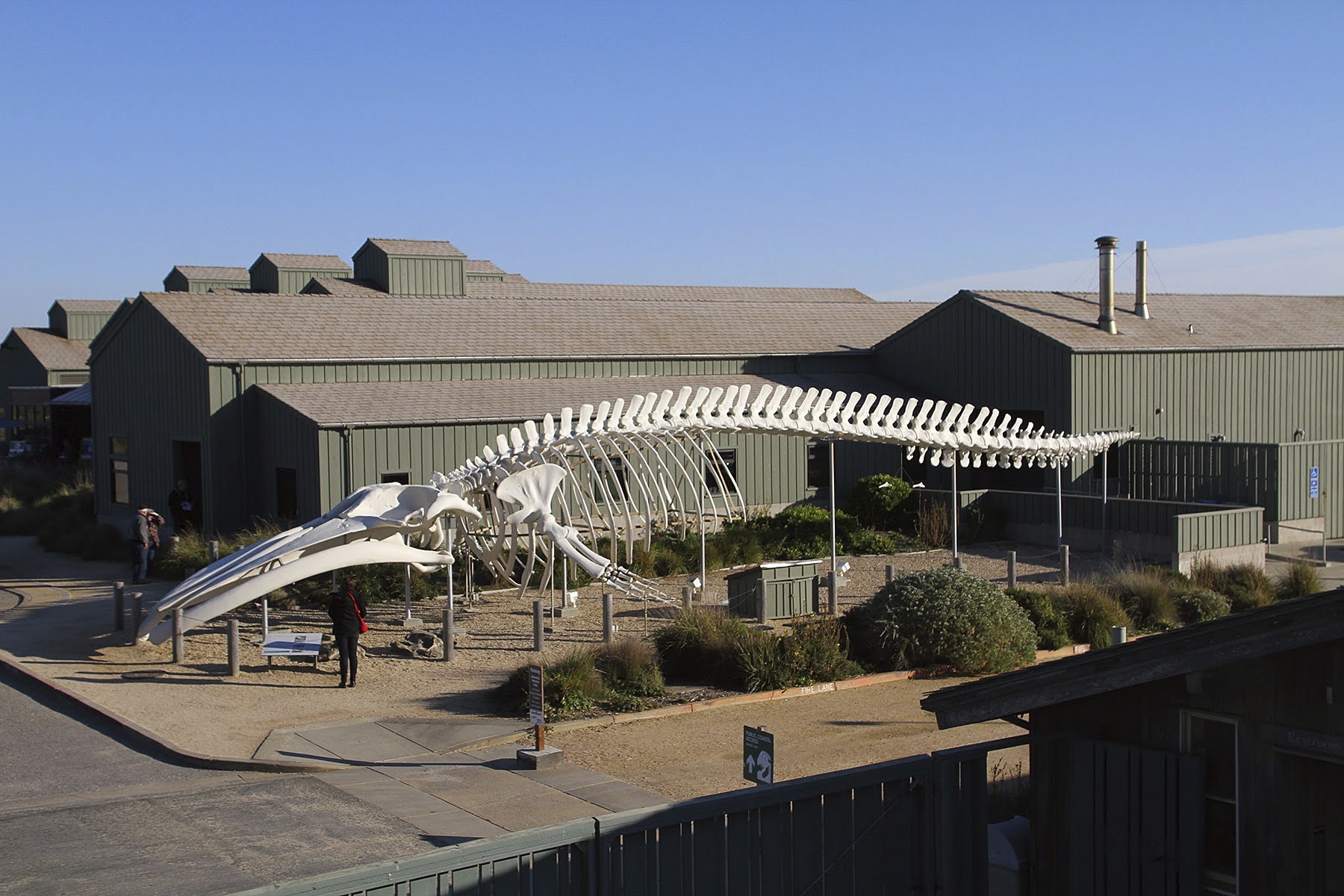
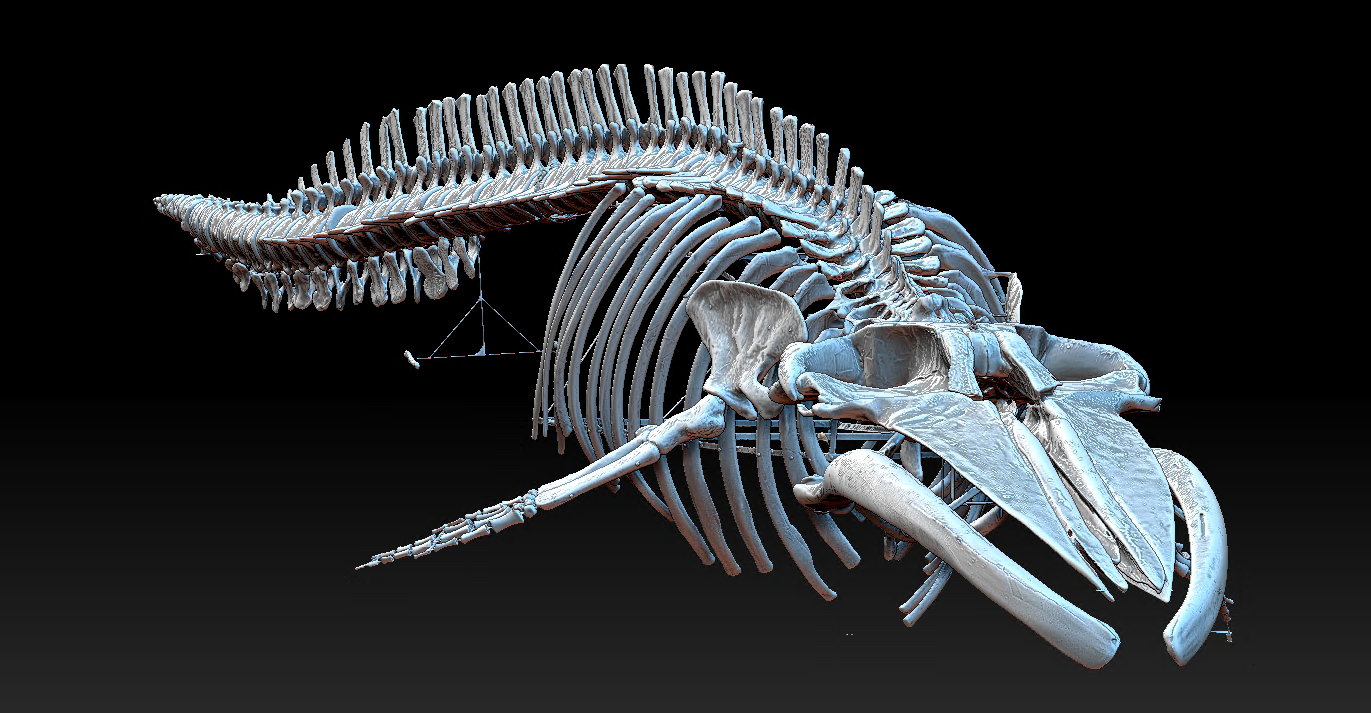
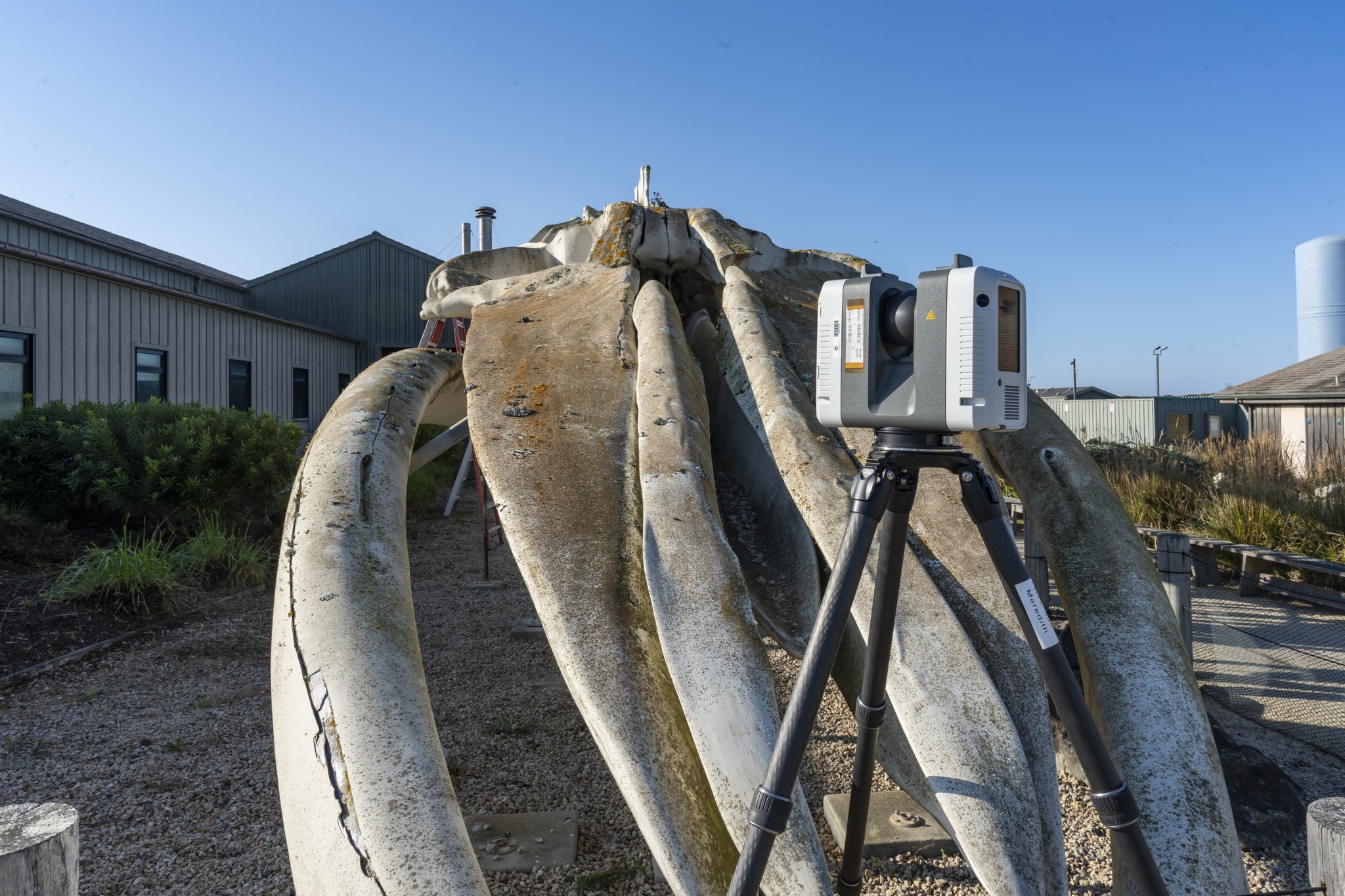
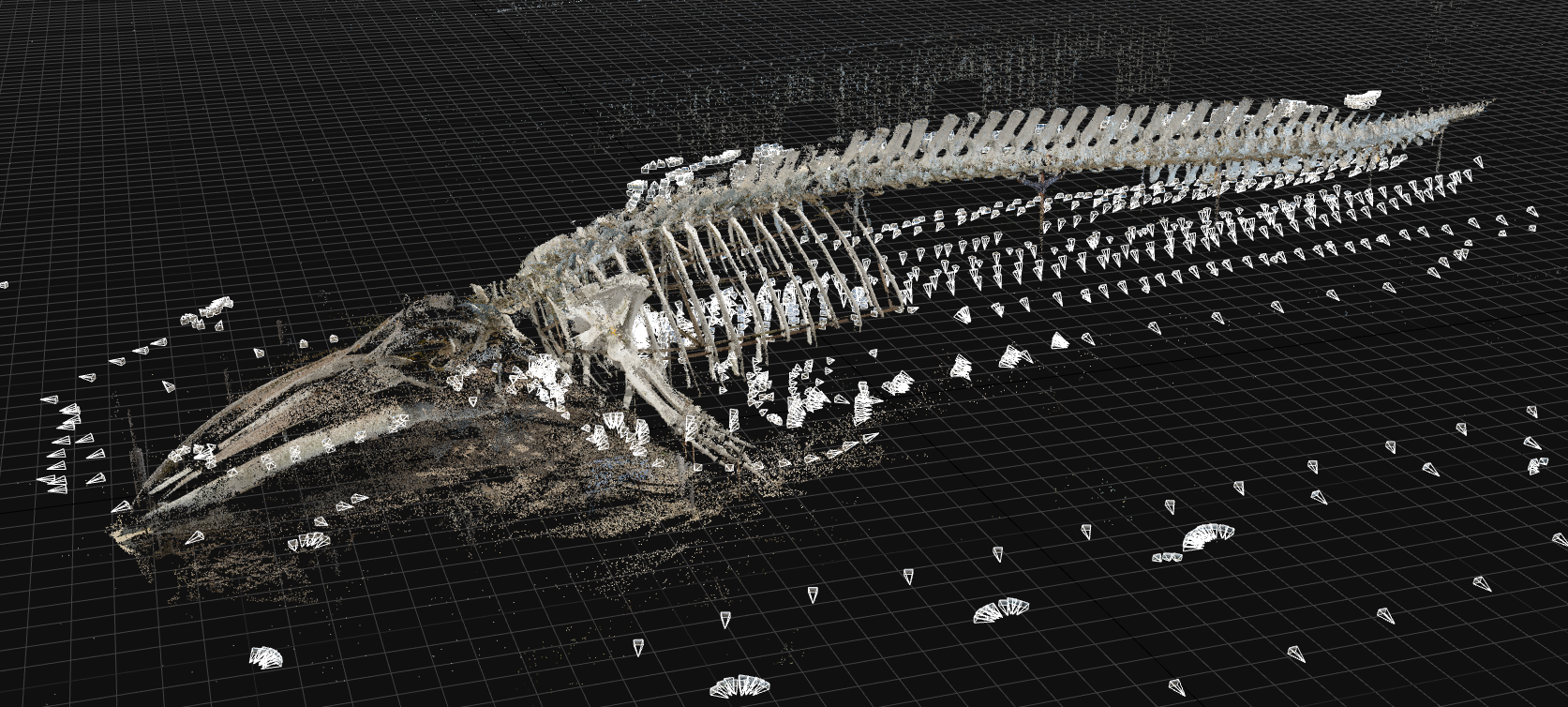
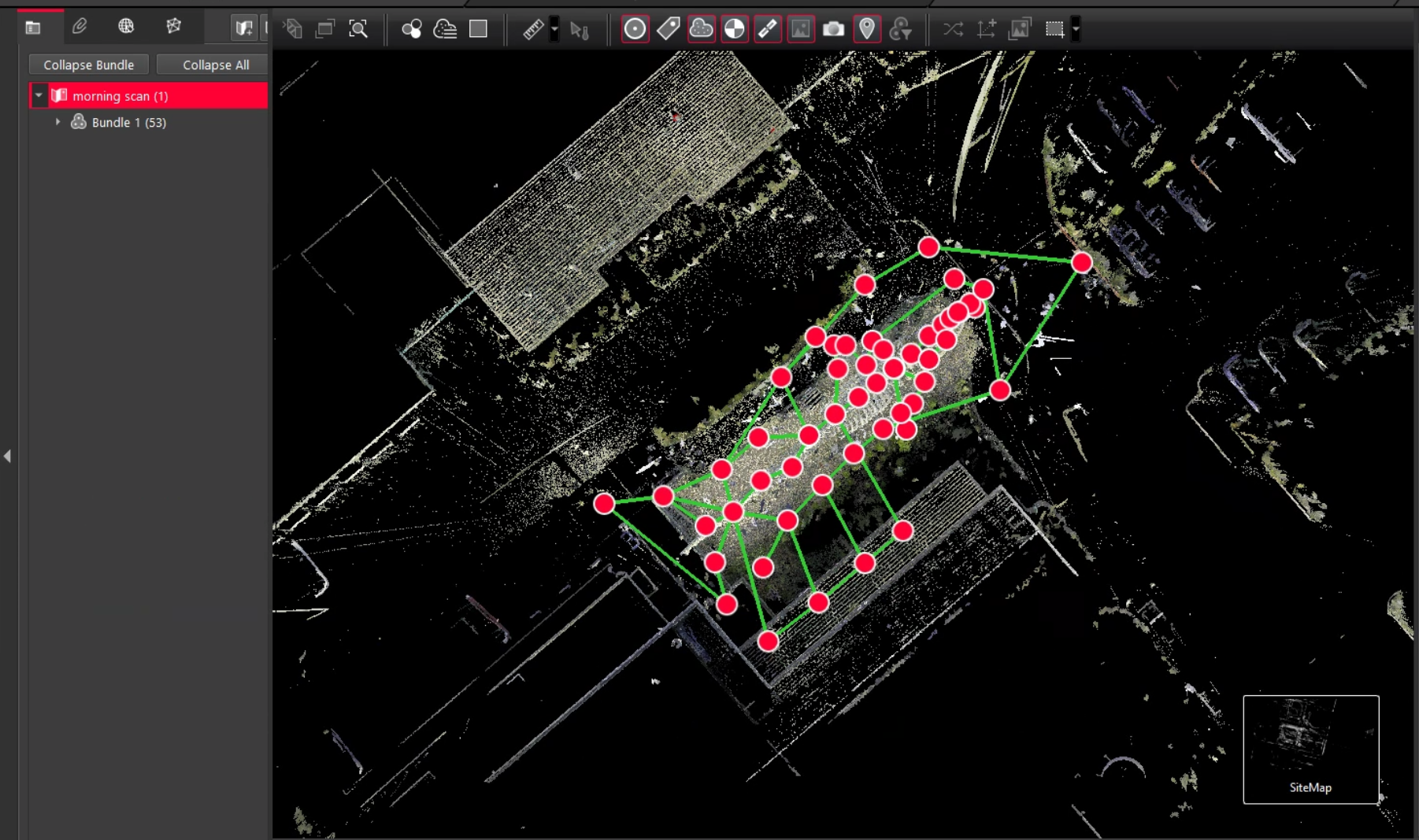
Your Comments Can Make Someone's Day More bright..!!!"
0 Comments
No Comments





